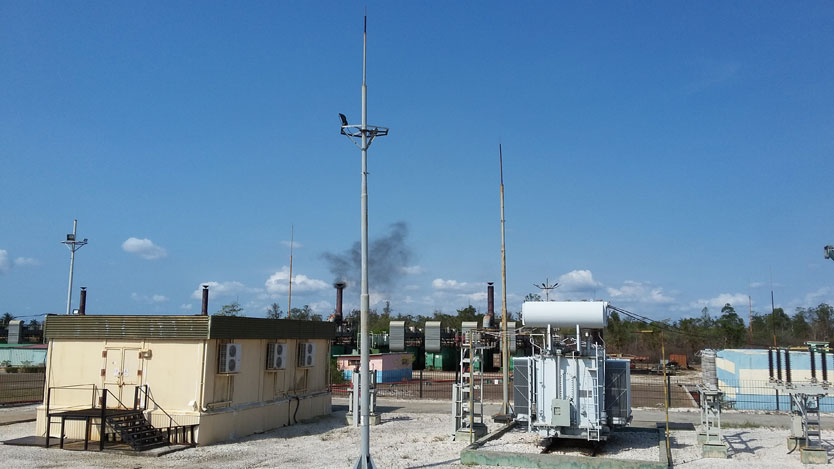The country's strategy in power recovery to contribute to the progressive improvement of electricity production materializes in Ciego de Ávila with the enlistment of distributed generation engines, previously paralyzed by spare parts, as well as compliance with the cycles of planned maintenance.

Kiurlis Romero Moreno, director of the Base Business Unit (UEB) Fuel Oil Generator Maintenance Company (EMGEF) Ciego de Ávila, explained to Invasor that the installed power of the province in this technology is 61.2 megawatts (MW), with the machines running at 100 percent of their capacity; however, its work regime is 85 percent, therefore, having the 36 machines or engines available would provide some 52.02 MW of generation.
The good news is that all of these teams are currently operational, although the manager clarifies that this does not mean that they are all working, but rather that they are no longer paralyzed by parts.
In the territory, there are two sites for fuel oil engines: Ciego Norte (located in the northern ring road of the provincial capital) and Chambas. Of the 24 machines of the first one, at present they do not generate six: four of them are undergoing maintenance and two in breakdowns, awaiting the immediate arrival of their parts, Romero Moreno specified.
He explained that in Ciego Norte 11 machines representing 15.4 MW were recovered, a figure equivalent to almost half of the power installed there.
Eight of the dozen machines located in Chambas remain working; the remaining four are in their completion and start-up phase after the replacement of damaged parts.
“This capacity recovery process began in February. At first, we concentrated our efforts on Ciego Norte, until mid-March, and then we moved on to Chambas, where we are currently.
"Once the pieces entered the province, they worked every day, regardless of weekends, from early until six or seven at night to achieve a quick recovery, which is what the people demanded."
Along with this process, specialized personnel carry out the maintenance program, a matter of great importance to ensure the useful life and safety of the equipment, which is given follow-up and prioritized attention.
“Here we have an average of 16 to 18 daily hours of operation per machine that accumulates. When the engine reaches 2,000 hours, it automatically stops, then the type of maintenance is analyzed to give it repairs or revisions: it is like a safe way to reduce the number of breakdowns or complexities that render it useless”, he pointed out.
He commented that there are days during which the machines work 24 hours, everything depends on the availability to cover the demand that is requested, based on the generation difficulties of the thermoelectric plants. Otherwise, they rest at dawn when energy consumption is lower.
One of the advantages of these fuel oil generator sets is their "black start" system (from scratch), which gives the possibility after the occurrence of an extreme meteorological event or the disconnection of the province from the National Electro-energy System for another reason to start working on the generation island in order to supply vital services.
Considering that the maximum demand of Ciego de Ávila during the night peak is 120 MW, the generation of the territory with fuel oil generator sets (at a work regime of 85 percent) represents around two fifths of the consumption in that schedule.
